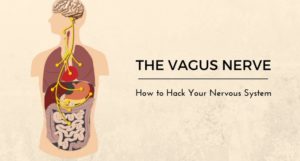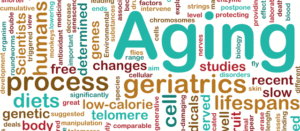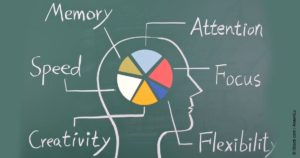Mindfulness and addictions

For the Love of Money. It talks about a Wall Street broker who through a series of epiphanies came to the conclusion that he was addicted to money. It got me thinking about whether there is a common denominator for all addictions.
Over my life I have felt the pull of various things that could fall into the category of addictions if left to their devices and in the many classes I have taught in mindfulness I have had plenty of people who have talked of their various addictions and the benefits that mindfulness practice has had in relation to their addictions. It seems to me that if you have an addictive personality then that addictive personality will choose from the many opportunities to express itself. Probably the most common addictions that we hear of through the media are the many kinds of drugs whether they be stimulative or depressive. Many times the two go hand in hand as a way of balancing the extremes. Drugs come in many forms and don’t have to be limited to prescribed and non prescribed substances. We all know of food addictions, behavioral addictions such as sex, extreme sports/risk taking etc. The list goes on and on.
Where does the addiction begin? It has become common knowledge that there is an epidemic of people getting stuck in fight or flight for extended periods of time if not years. The autonomic nervous system gets stuck in the sympathetic mode or high gear. One of the many ramifications of this phenomena is a steady flow of adrenaline and the other stress hormones. Another common acknowledgment is that people begin to crave the adrenaline high after awhile. I think we need to look seriously at this being a root cause of addictions. From here the domino effect kicks in and that adrenaline craving begins to express itself in many ways. I recently read that this can be passed on genetically. The well known disconnection that takes place as a result of chronic fight or flight perpetuates this condition. The well known effect of mindfulness practice being able to reverse this disconnect is also acknowledged. Perhaps we have found an important key for reversing addictions. There is much to discuss here and many dots to connect.
Mindfulness and addictions Read More »









